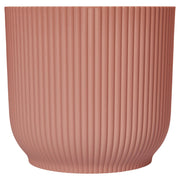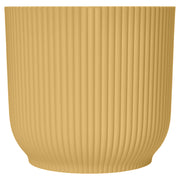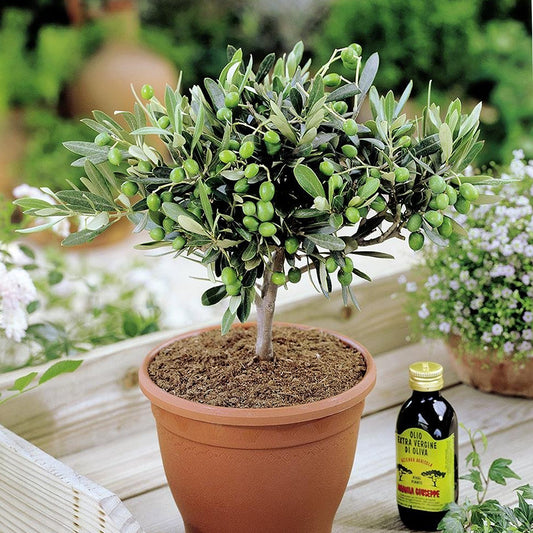Product description
We challenge you not to fall in love with this Calathea Purple Roseopicta Rosy baby plant! Its large oval leaves are a deep glossy green around the edges, with a bright flush of pink in the centre. It is bright with a compact habit and prefers a partially shaded spot away from direct sunlight. Choose your spot carefully, as the colour will vary from vivid magenta to plush purple depending on light levels.
Also known as the Prayer Plant, Calathea Purple Roseopicta Rosy is native to the tropical climate of Central and South Americas. It thrives in a humid environment, making it perfect for kitchens and bathrooms. Regular misting will help your Prayer Plant thrive and keep it a happy roommate.
As for watering. Prayer Plants can be quite thirsty but they like the top 2cm of soil to dry out between drinks. A fertile soil that easily drains is ideal for these tropical plants. Place your Prayer Plant well away from any doors or windows to avoid cold draughts. Prayer Plants have excellent air-purifying qualities and are non-toxic to pets.
Growing your Calathea from its baby stage and watching it mature over time, from a tiny leafy stem to a healthy, fully grown plant is a delight to witness.
It’s not unusual to give your plant a name… so don’t hesitate to choose one that you think suits the plant! Try naming your plant with the first name or word that you think of when you look at it - that’s how we ended up with an orchid named Clover and spider plant called Joseph.
Plant specs, care guide & tips
Key features
Specifications
Instructions
Top Tip
Maintain high humidity around your Calathea to keep its leaves healthy and vibrant. Mist the foliage regularly or use a humidifier, especially during dry seasons. Clean the leaves occasionally with a damp cloth to remove dust and enhance their striking patterns. Rotate the pot every few weeks to ensure even growth and showcase its stunning display. With proper care, your Calathea will remain a standout feature in any room.
How to Water
Water Calathea regularly to keep the soil evenly moist but not waterlogged. Allow the top 2–3 cm of soil to dry slightly between waterings to avoid overwatering. During warmer months, increase watering frequency, but reduce it in winter when growth slows. Use filtered or rainwater whenever possible, as Calathea plants are sensitive to the minerals in tap water, which can cause leaf browning.
How to Plant
To plant Calathea, choose a pot with good drainage and fill it with a light, well-draining potting mix, such as one enriched with peat or coco coir. Position the plant so the top of the root ball sits level with the soil surface, ensuring the crown is not buried. Backfill with soil, firm gently, and water thoroughly to settle the roots. Place the pot in a location with bright, indirect light to prevent leaf scorch while allowing the vibrant foliage to thrive.




























